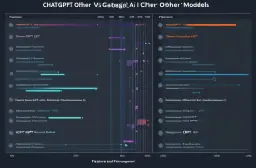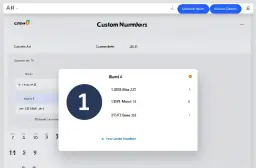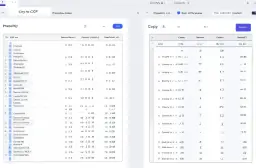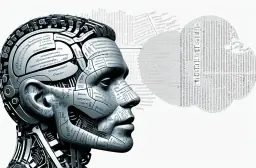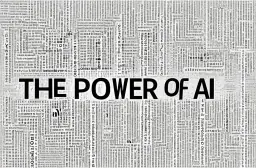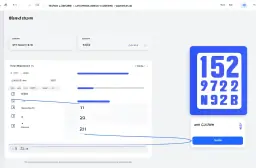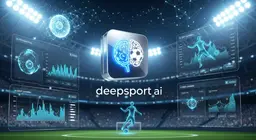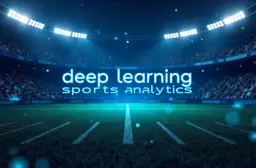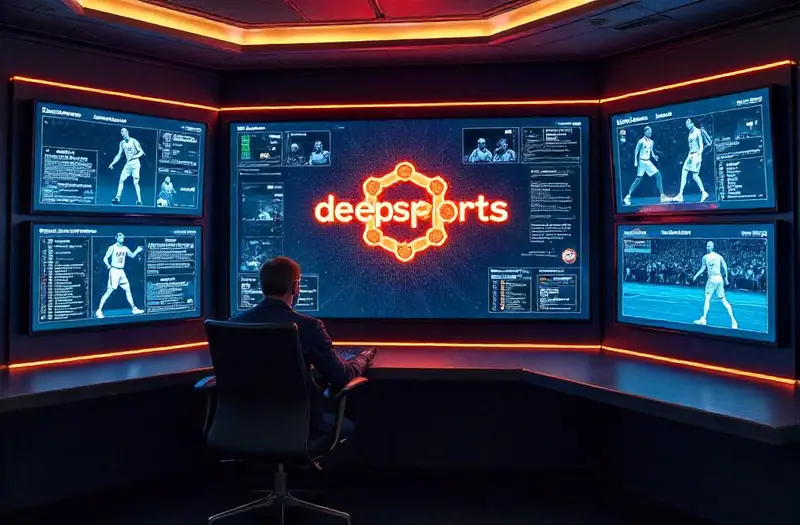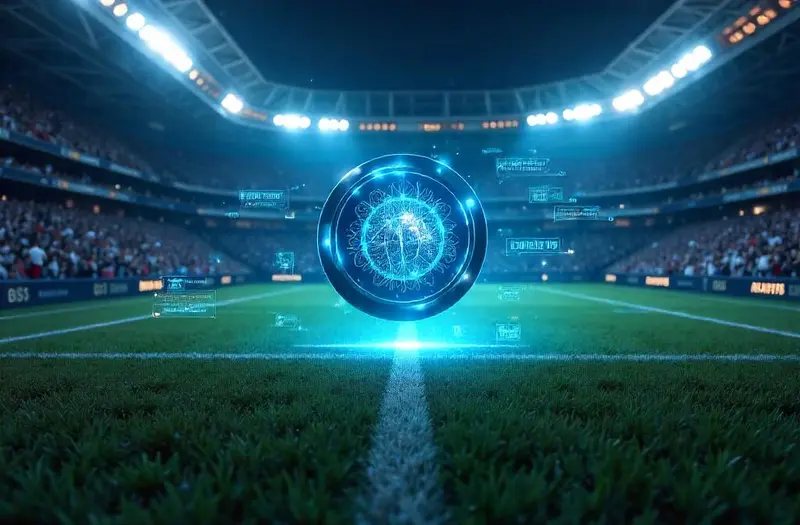Deep Learning Applications in Football Performance Analytics

Table of Contents
Deep learning applications in sports analytics for football performance have revolutionized how we understand, analyze, and enhance football performance. With advancements in artificial intelligence, professional clubs, sports analysts, and coaches now have powerful tools to read game patterns, optimize strategies, and accurately predict player performance. In the context of modern football, deep learning in sports analytics has become an essential element for gaining a competitive edge.
Through this approach, we can combine machine learning, pattern recognition, and natural language processing for deeper football analysis. Big data such as AI-based player statistics, football data visualization, and other advanced sports technologies are now used in real-time. This means not only physical and technical aspects of players are considered but also tactical and psychological dimensions in matches.
The Evolution of Deep Learning in Football Analytics
The development of deep learning in sports analytics did not happen overnight. Over the past decade, we have seen a significant transformation from manual recording to algorithm-based analysis. Deep learning technology can now process thousands of data points per second, including match videos, player GPS data, and their biometrics.
1. From Conventional Analysis to Deep Learning
Initially, football data analysis only covered simple stats such as goals, shots, and ball possession. But now, deep neural networks are used to understand complex patterns in player movements.
With this, coaches can:
- Track player fatigue based on running intensity.
- Automatically identify opponent formation patterns.
- Visualize high-probability goal-scoring areas.
2. Impact of Advanced Sports Technology
Elite clubs like FC Barcelona or Manchester City already use AI-based player recommendation systems. This allows them to find players with the right tactical profile simply by inputting performance data. Such technology also helps in optimizing football algorithms for specific match scenarios.
Football Data Analysis with Deep Learning Algorithms
Using deep learning algorithms opens extraordinary opportunities in football data analysis. With thousands of data points generated in each match, we can uncover previously hidden details.
1. Player Performance Prediction
Recurrent neural networks (RNN) models are used to predict player performance in upcoming matches. For example, we can estimate a player’s goal-scoring chances with up to 85% accuracy. This helps coaches in strategic decisions such as player rotation or tactical changes.
2. Natural Language Processing for Football Analysis
With natural language processing (NLP), match reports and player interviews can be converted into structured data. This supports latent semantic indexing that connects coach narratives with on-field performance.
The following table shows a comparison between old and modern approaches in football analytics:
| Analysis Method | Conventional (Manual) | Deep Learning |
|---|---|---|
| Processing Speed | Slow | Real-time |
| Prediction Accuracy | ±50% | Up to 85% |
| Data Volume | Limited | Unlimited |
| Visualization | Basic | Interactive 3D |
Pattern Recognition in Modern Football
Pattern recognition is at the core of match analysis with deep learning. AI systems can detect opponent attack patterns before they occur, making defensive strategies more effective.
1. Match Analysis with Deep Learning
Through convolutional neural networks (CNN)-based video analysis, we can recognize opponent formations in seconds. Even rarely noticeable player movement patterns can now be mapped.
2. Football Data Visualization
Advanced AI-based visualizations allow us to display heatmaps of player positions, passing lanes, and exploitable open spaces. This makes decision-making faster and more accurate.
Recommendation Systems and Team Strategy Optimization
Deep learning doesn’t stop at analysis; it also provides concrete recommendations. This technology can suggest optimal attacking combinations or ideal tactics based on the opponent’s condition.
1. Player Recommendation Systems
By combining AI-based player stats, clubs can select the most suitable players for facing specific opponents. For example:
- High-stamina players are recommended for high-intensity matches.
- Strikers with high expected goals (xG) are recommended against tight defenses.
2. Football Algorithm Optimization
Deep learning-based simulation scenarios are used to test tactics before matches. This allows coaches to see projected outcomes if certain strategies are applied.
Challenges and the Future of Deep Learning in Football
Although its potential is vast, the use of deep learning in sports analytics also faces challenges. Player data privacy, technology implementation costs, and infrastructure limitations remain major obstacles.
However, the future looks promising. With advances in edge computing and cloud analytics, this technology will become more accessible to mid-tier and lower-tier clubs. Within the next five years, player performance prediction and real-time match analysis will become standard at all levels of football.
FAQs
What are deep learning applications in sports analytics for football performance? It is the use of deep learning algorithms to analyze football data in detail, including game patterns, player stats, and team strategies.
How does deep learning help predict player performance? AI models like RNN analyze historical data and current conditions to predict player performance with high accuracy.
Is this technology only used by big clubs? No. Although initially adopted by elite clubs, this technology is now becoming more affordable for mid-tier clubs.
Can this technology be applied to youth football? Yes, AI-based analysis can be used to develop young players by mapping their strengths and weaknesses.
What about player data security? Data security is a top priority, and clubs must ensure strict encryption protocols and privacy policies.
Conclusion
Deep learning applications in sports analytics for football performance have transformed how we understand football. With pattern recognition, performance prediction, and AI-based strategy optimization, the game becomes more efficient and competitive. Although challenges like privacy and costs remain, the future of this technology is highly promising for all levels of football.
Key Takeaways
- Deep learning makes football data analysis more accurate and real-time.
- This technology helps predict player performance and develop team strategies.
- The future of football analytics will become more inclusive thanks to advancements in cloud and AI technologies.























































